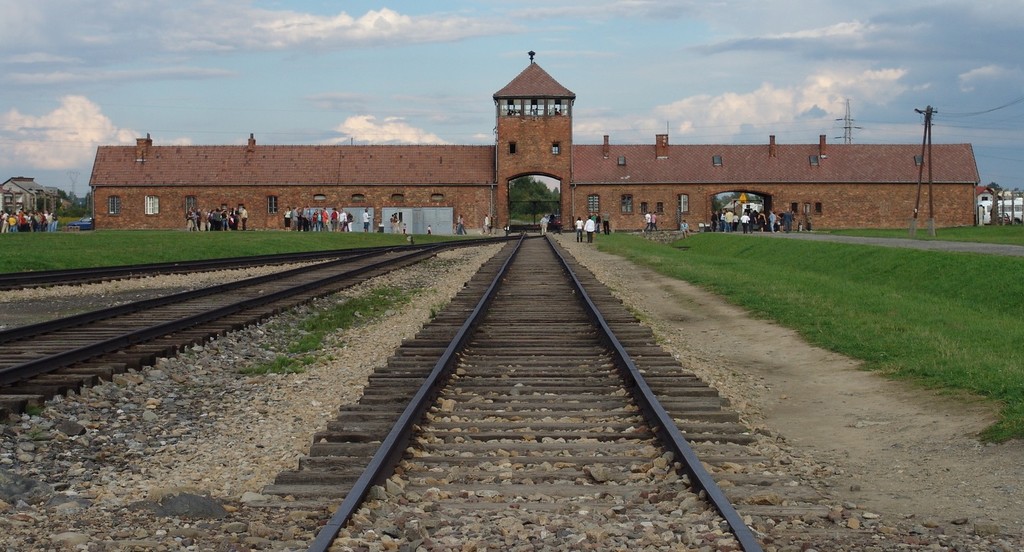Answering Pope Francis’s question about Auschwitz
“The great powers had photographs of the railway routes that the trains took to… Auschwitz,” Pope Francis remarked this week.
“Tell me,” he asked, “why didn’t they bomb them?”
The pontiff’s question is not merely a matter of historical curiosity. It raises issues of morality, diplomacy, and American foreign policy with profound implications for our own times.
The reason the Allies had photos of the railways leading to Auschwitz is that throughout the spring of 1944, Allied planes conducted surveillance of the area in preparation for bombing German oil factories, some of which were less than five miles from the gas chambers and crematoria.
Yet when Jewish organizations asked the Franklin D. Roosevelt administration to bomb the railway lines or the death camp itself, U.S. officials replied that such an operation was not feasible because it would require “diverting” planes from the battlefield. That was false; those oil factories were very much a part of the battlefield.
Ironically, the administration did repeatedly divert military resources or change military plans for other non-military objectives—just not for the Jews. For example, an Air Force plan to bomb the Japanese city of Kyoto was blocked by Secretary of War Henry Stimson because he admired the city’s artistic treasures. Assistant Secretary of War McCloy diverted American bombers from striking the German city of Rothenburg in order to spare its famous medieval architecture. Allied ships were diverted to bring thousands of Muslims on a religious pilgrimage to Mecca in 1943—at the same time U.S. officials were saying no ships were available to take Jewish refugees out of Europe.

 72.0°,
A Few Clouds
72.0°,
A Few Clouds 




